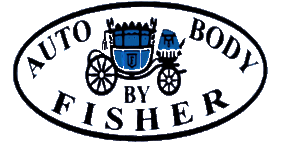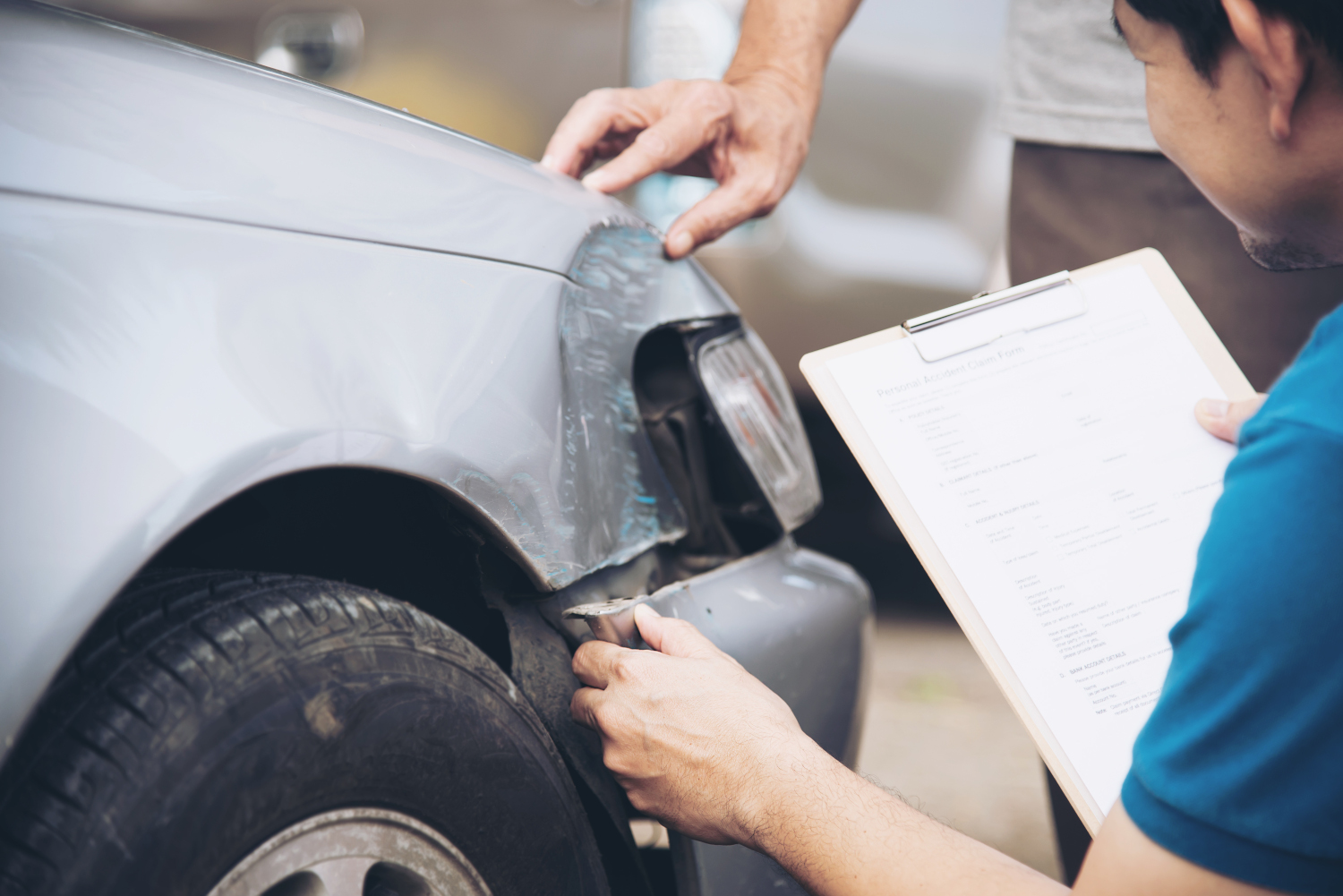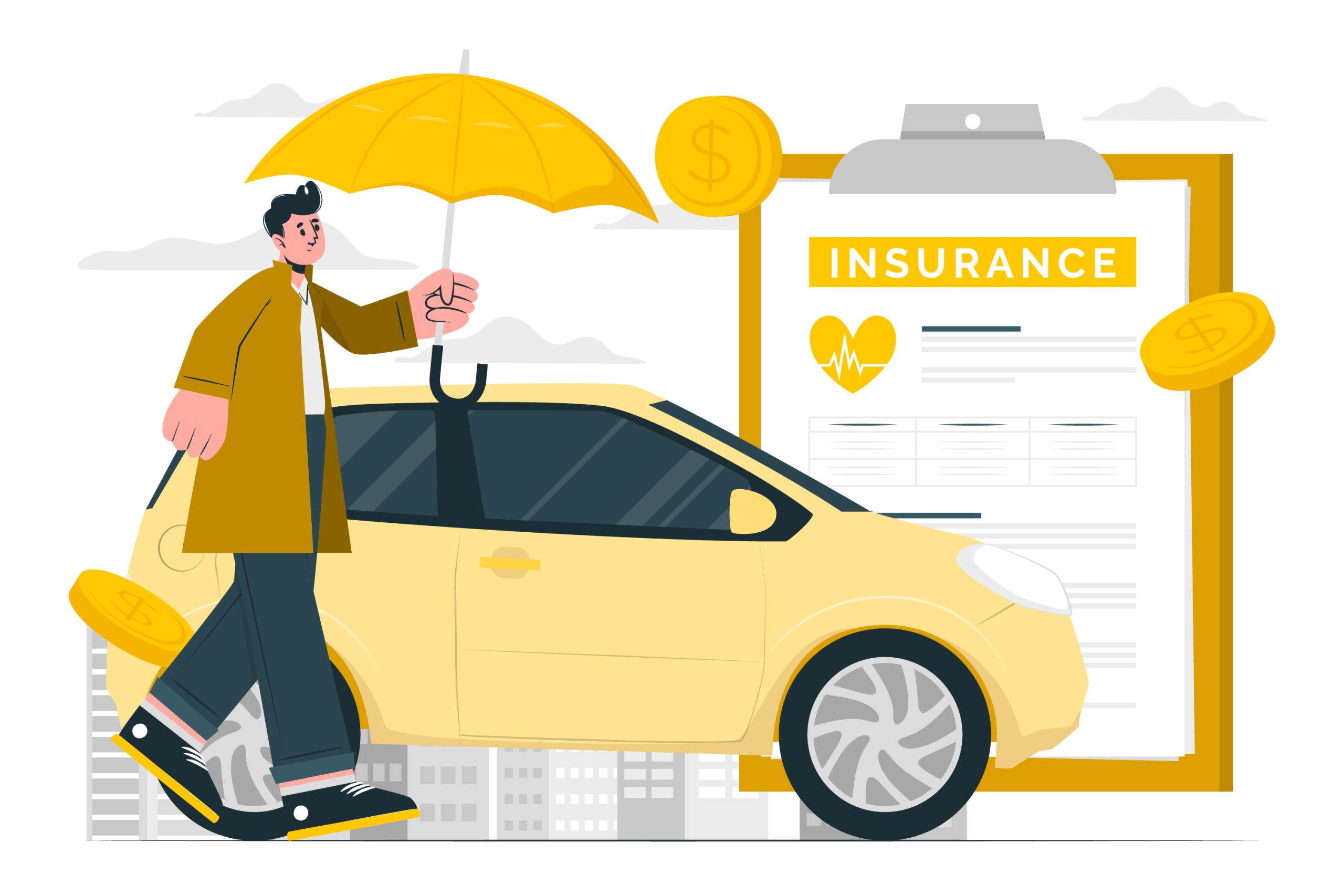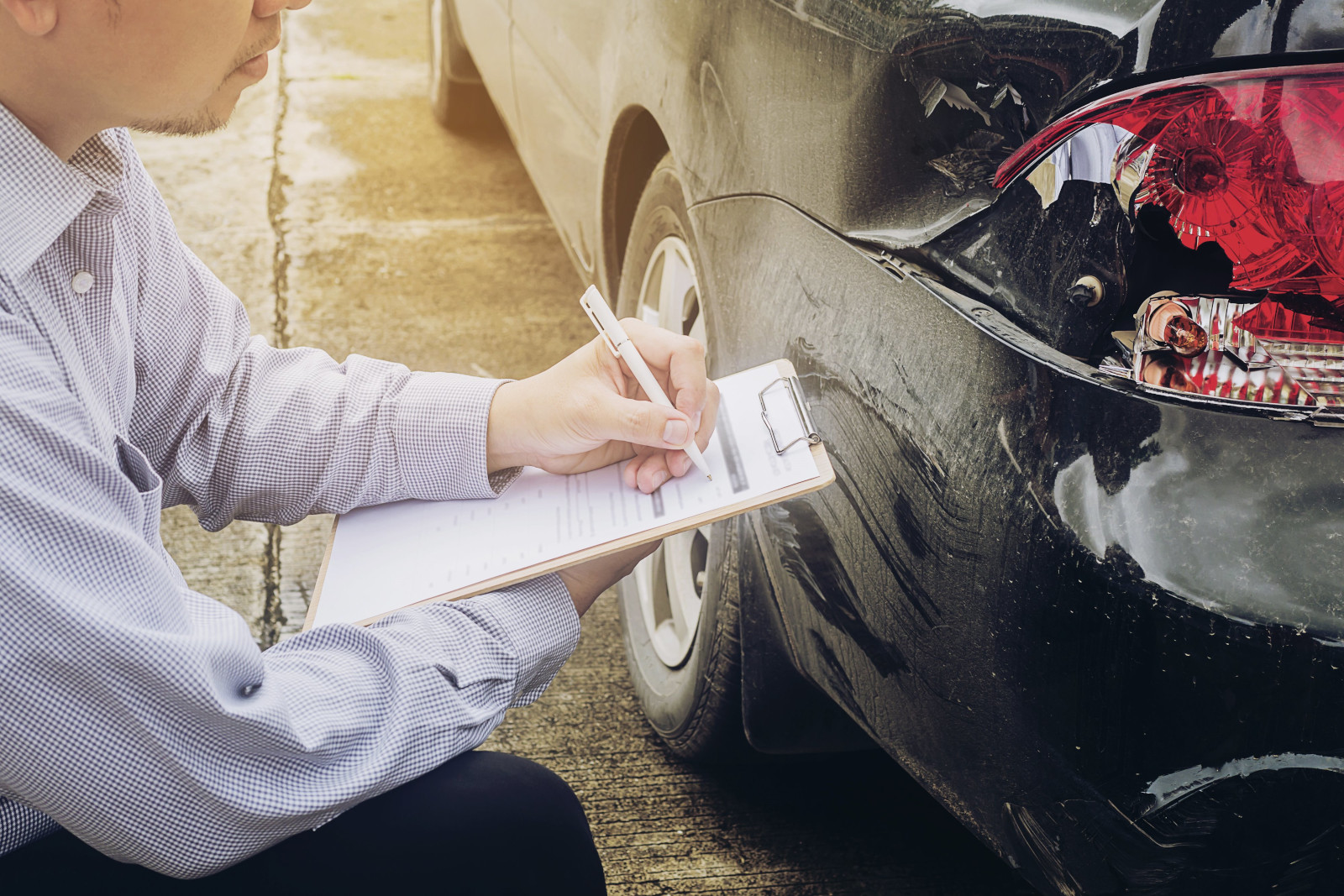Accidents are never a part of the plan, but knowing what to expect during the collision repair process can make an unexpected situation feel manageable. If you’ve ever wondered what happens after your vehicle is dropped off for repairs, you’re not alone. Understanding each step can empower you to make informed decisions, reduce stress, and ensure your car is restored to its pre-accident condition. Let’s take a closer look at the collision repair process, from start to finish.
1. Initial Assessment and Documentation
The first step begins when your vehicle arrives at the repair shop, either through towing or after you drive it in. A professional shop will thoroughly inspect your vehicle to assess both visible and hidden damage. Technicians look beyond surface dents and scratches, checking for structural issues or problems that could compromise safety.
During this phase:
- Damage Inspection and Estimate: Technicians create a detailed, itemized estimate outlining the repairs needed, the cost, and the expected timeline. This document is essential for both you and your insurance company.
- Documentation: Reputable repair shops thoroughly document vehicle damage with detailed photos and notes, ensuring every issue is identified and addressed.
2. Insurance Coordination
Navigating the insurance process can feel overwhelming, but repair shops often assist with this step. After your claim is filed:
- Approval Process: The shop communicates directly with your insurance company to ensure the estimate aligns with your policy.
- Your Right to Choose: Remember, you are not obligated to use the shop recommended by your insurance provider. By law, you can select the shop that best fits your needs.
This collaboration ensures repairs proceed smoothly and minimizes delays caused by insurance adjustments.
3. The Repair Process
Here’s where the real work begins. Collision repair is a multi-step process that restores your vehicle’s structure, functionality, and appearance.
- Disassembly and Further Assessment
- After the initial inspection, the vehicle is partially disassembled to uncover any hidden damage. This step is critical for creating a complete repair plan.
- Parts Ordering
- Whether your repair requires OEM (Original Equipment Manufacturer) or aftermarket parts, the shop orders everything needed to complete the job. Parts availability may occasionally cause delays, but quality shops will keep you informed.
- Structural Repairs
- For vehicles with frame or structural damage, technicians use specialized equipment to straighten and realign the frame. Precision is crucial here to ensure the vehicle meets safety standards.
- Bodywork
- Dents, scratches, and damaged panels are repaired or replaced. Advanced tools help technicians reshape metal to its original form.
- Painting and Refinishing
- After repairs are complete, the surface is prepped for painting. Technicians match the paint color exactly to your vehicle using advanced color-matching technology. The final step includes applying a clear coat for a polished finish.
- Reassembly
- Once repairs and painting are complete, the vehicle is carefully reassembled. This includes checking every component, from bumpers to electronics, to ensure everything is in working order.
4. Quality Control and Testing
Before returning your vehicle, the shop conducts a thorough quality control inspection. This includes:
- Visual Inspection: Ensuring the repairs are seamless and the paint matches perfectly.
- Road Testing: Checking for proper alignment, suspension, and overall drivability to confirm the vehicle is safe and ready to return to the road.
A professional shop takes pride in delivering repairs that meet or exceed manufacturer standards.
5. Customer Handoff
When the repairs are complete, the shop will walk you through the results:
- Explaining Repairs: Technicians will show you the repaired areas and explain what was done.
- Providing a Warranty: Reputable shops offer warranties on parts and labor, ensuring your peace of mind.
At this stage, you’ll receive all the necessary documentation for your records and insurance.
6. Tips for Choosing the Right Collision Repair Shop
To ensure a smooth repair experience, look for a shop that offers:
- Experience and Reputation: Choose a shop with a history of quality service and satisfied customers.
- OEM Parts: Ask if the shop uses high-quality OEM parts for repairs.
- Transparent Communication: A professional team will provide clear estimates and keep you updated throughout the process.
- Customer-Focused Service: Trustworthy shops prioritize your needs, not just insurer requirements.
AutoBody by Fisher checks all these boxes, making us a trusted choice for drivers in Van Alstyne and the surrounding areas.
7. Common Challenges and Solutions
Sometimes, unexpected issues can arise during the repair process. Here’s how to handle them:
- Delays in Parts Availability: While waiting for parts is sometimes unavoidable, a good shop will communicate delays promptly and work to minimize them.
- Insurance Disputes: If your insurance company questions repair costs, choose a shop like AutoBody by Fisher that advocates for you and provides detailed documentation to support your claim.
Conclusion
Collision repair can feel intimidating, but understanding the process helps you regain control after an accident. From the initial inspection to the final quality check, every step plays a vital role in ensuring your vehicle is restored to its original condition.
At AutoBody by Fisher, we take pride in guiding our customers through this journey with transparency and expertise. Whether you’ve been in a minor fender bender or a major accident, you can trust us to deliver high-quality repairs that prioritize your safety and satisfaction. Contact us today for a free estimate and experience the difference of working with a team that puts you first.




Leave a Reply